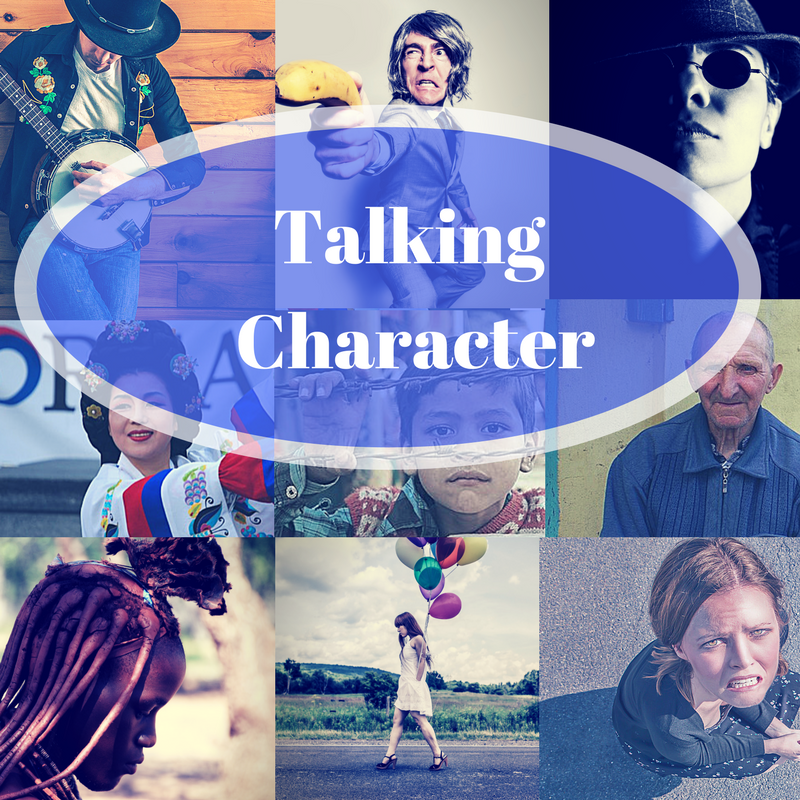
FIGGY PUDDING IN THE MAKING
If there’s Figgy pudding, it must be Christmas! Just ask Tiny Tim, the endearing child in Charles Dickens’ 1843…
December 20, 2021
If there’s Figgy pudding, it must be Christmas! Just ask Tiny Tim, the endearing child in Charles Dickens’ 1843…
December 20, 2021
Ever have a latte from your favorite coffee shop and they forgot to add a key ingredient? I recently…
May 11, 2019
My recent novels are about two women who lived four thousand years ago, Hagar and Sarah. Their stories are…
December 20, 2018
Historical fantasy is a genre growing in popularity. Many famous historical figures have earned themselves a retelling of their…
December 7, 2018
Sometimes fiction authors write about real people. Especially those who write historical fiction. Real historical characters can add a…
February 20, 2018
by Sandra Merville Hart Historical novelists research ways of life, events, fashion, and a myriad of other topics.…
May 21, 2017
By Sandra Merville Hart When it comes to research, contemporary writers have it so easy, right? I am teasing,…
March 21, 2017
By Sandra Merville Hart A few family members came over to watch a movie this weekend. The dramatic…
February 24, 2017